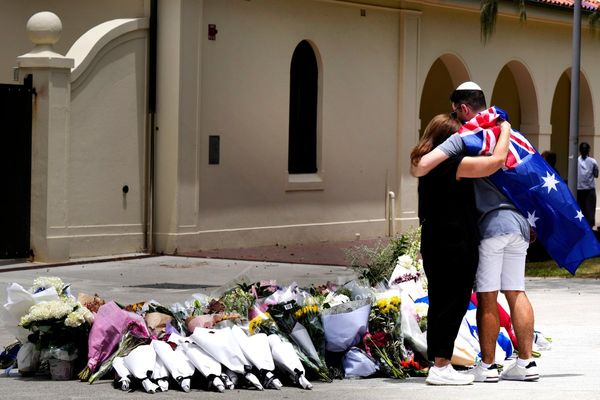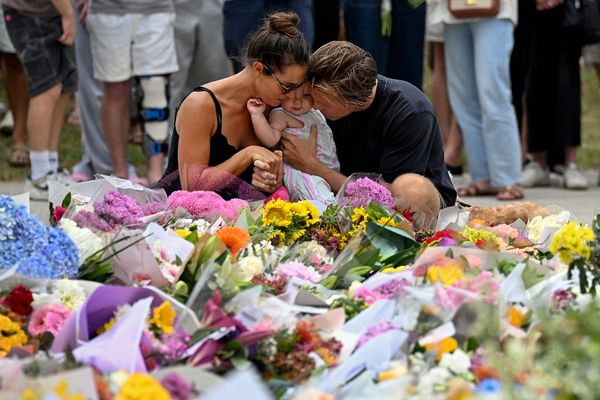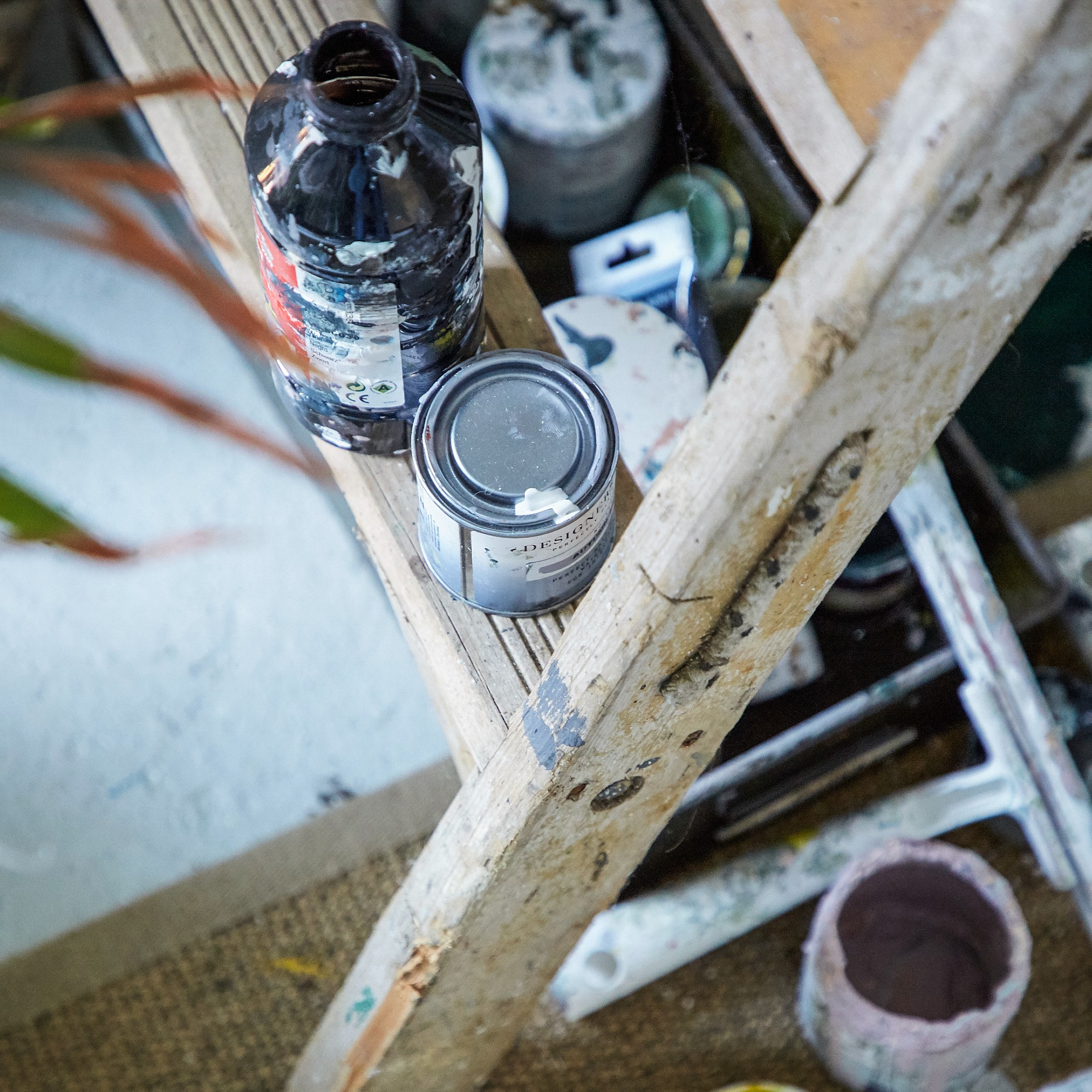
Most people assume that painting is one of the easiest DIYs out there. But if you’re looking at your handiwork and wondering, ‘Why is my paint bubbling?’ you may be experiencing a common conundrum that many have faced in the past.
Of course, when you have a paint idea in mind, you probably don’t want anything to get in the way of it. But there are so many paint problems out there, and they all make painting a room extremely difficult - especially when you notice the tell-tale signs of bubbles while painting. And if you’ve ever tried to simply ignore the bubbling, you’ll know that this can leave marks and imperfections on your walls for years to come.
Because of this, you need to understand why your paint is bubbling while painting and what you can do to fix it. That’s why we’ve spoken to painting pros to get the info you need.
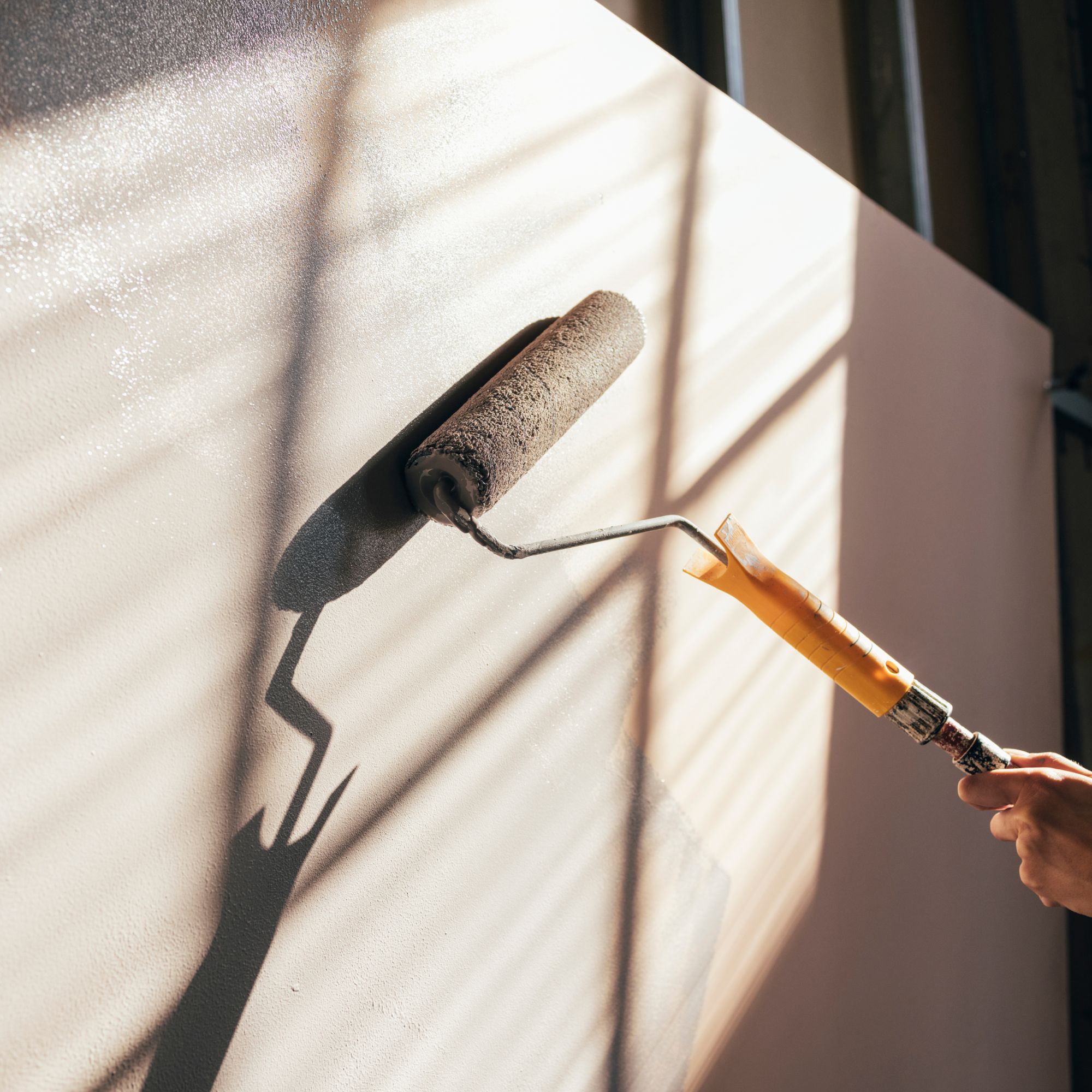
While knowing how to fix bubbling paint is important, you must first understand why it’s happening. The main culprits are moisture and lack of TLC.
Michael Rolland, paint expert and Managing Director at The Paint Shed, explains, ‘Bubbling, or blistering, can occur for a number of reasons. In some cases, it is due to moisture under the paint surface collecting into pockets and in other instances, this may happen when a surface isn’t properly prepared or primed before painting.’
Of course, it may also be a combination of both, as poor technique coupled with dampness coming through walls can result in instant bubbling as you put your paintbrush on the wall. There are things you can do to fix this, though.
How to fix bubbling paint
1. Prime and prep the wall before painting
One thing many people forget before whipping out their paintbrushes and rollers is that you have to clean and prepare walls before painting. This is an essential step that can make or break your painting efforts and ultimately result in paint bubbling while painting if you’re not careful.
Michael says, ‘This includes cleaning them thoroughly to remove any dirt, grease, and dust. After this, prime with a primer designed for the surface you are working with. Using a primer not only gives a professional finish which lasts longer, it also prevents bubbling by improving paint adhesion.’
Of course, it’s well worth buying a high-quality primer for this job. But don’t worry if you don’t have any sugar soap to clean your walls before painting - you can just use washing-up liquid instead.
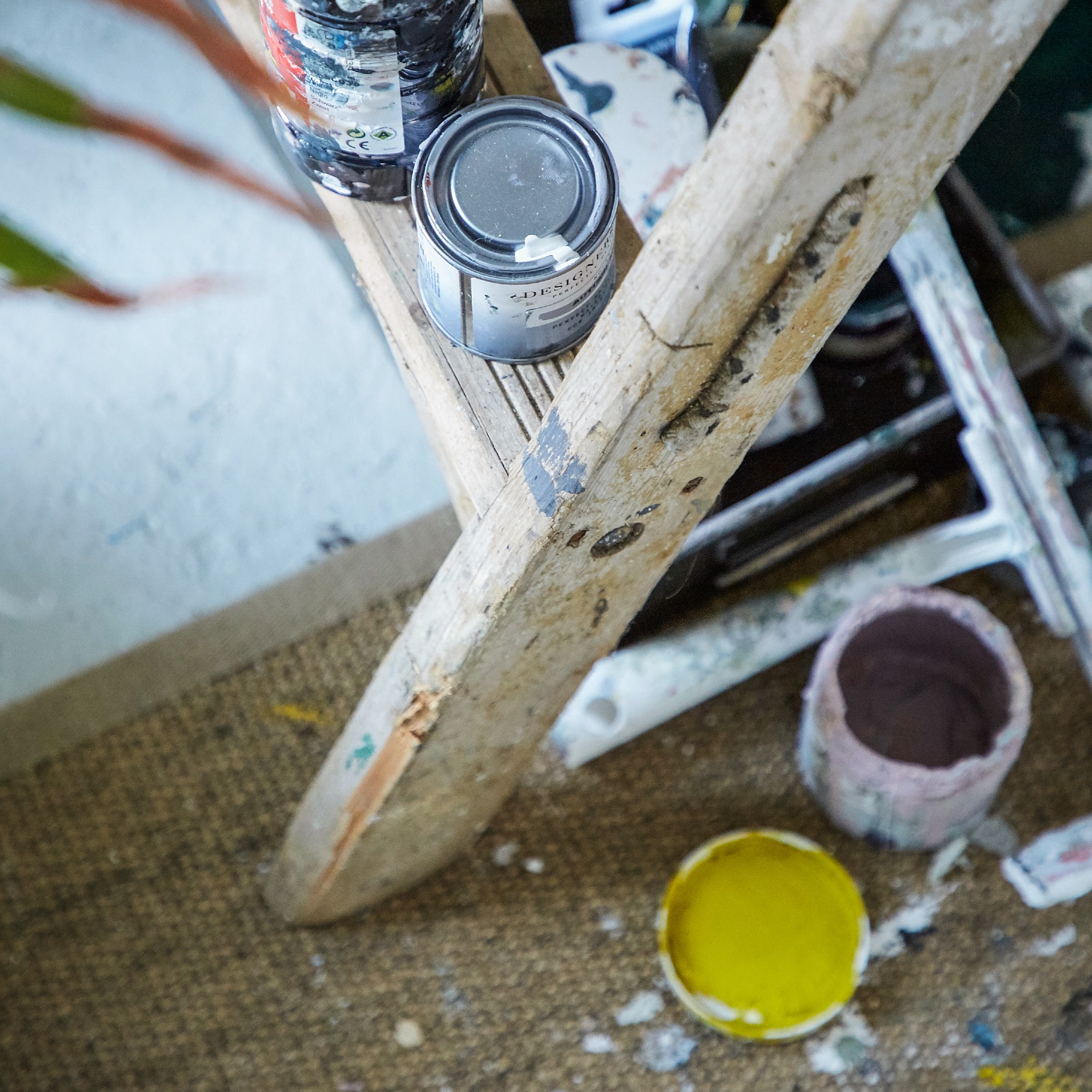
2. Use a dehumidifier to tackle moisture
You may assume that the best dehumidifiers are used to prevent mould or dry clothes when you don’t have a tumble dryer, but they can also help to tackle the moisture upsetting your painting efforts.
This is especially true if you have limited time (or patience) to wait for each coat of paint to dry or you’re painting a room typically full of moisture - like a bathroom or kitchen.
This is echoed by Michael, who says, ‘You must address any moisture issues in the area you are working in. If you are working in a damp or humid space, blistering can be more common. To stop this, use a dehumidifier whilst painting to reduce the moisture in the air.’
He also adds, ‘Before painting, always be sure the area is dry, and do not expose it to moisture until the surface paint is completely dry.’
3. Use different tools
Alongside excess moisture and a rushed paint job, using certain tools can also cause bubbling while painting. This is particularly common when you use a paint roller.
Emma Bestley, Creative Director and Co-Founder of YesColours, explains, ‘Air bubbles can often appear on the surface when working with a foam roller. This is a natural process. It’s the air within the foam that is being transmitted onto your surface.’
In many cases, this should just be a temporary reaction. Emma advises, ‘Allow for air bubbles to dry naturally (no breeze or wind within the room), and it will vanish completely once dry.’ There is something you can do if the bubbles don’t disappear, though.
‘Another tip is to backfill with a dry unloaded roller a few minutes after applying paint. It usually generates an even coat and lessens any orange-peel-like texture,’ adds Emma.
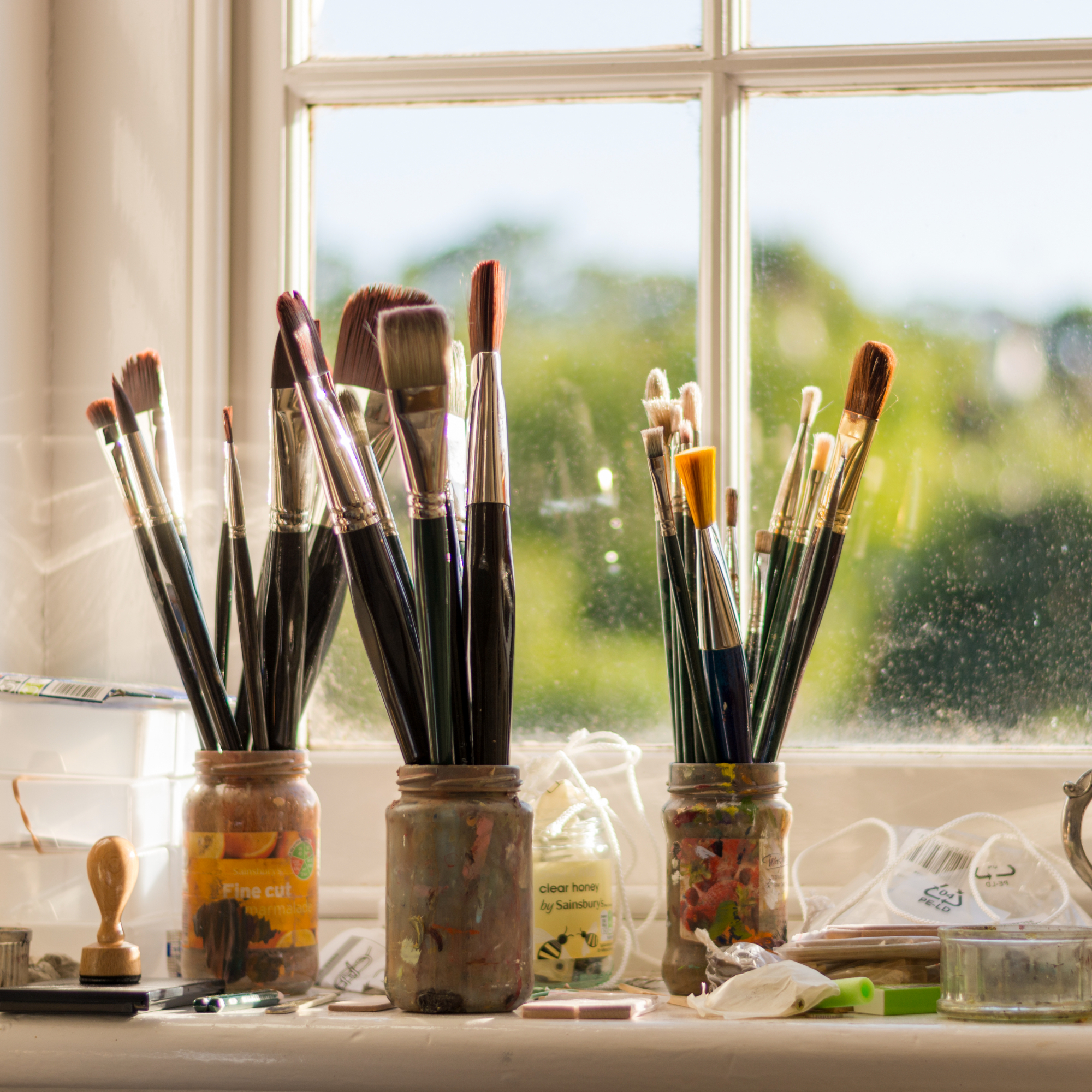
4. Refine your painting technique
Another reason why your paint may bubble during painting is because your technique is a little off. But it’s incredibly easy to refine your painting technique - as long as you have a little patience.
Michael says, ‘When painting, always apply in thin coats, allowing each layer to dry correctly before applying the next. If paint is applied in thick layers and aren't given the adequate drying time, bubbles of paint can become trapped and lead to the blistering you want to avoid.’
So, always check the drying time of the paint you’re using, as drying times often range between 4 - 24 hours, depending on whether it’s chalk paint, water paint, or oil paint.
What you'll need
It's hugely important to clean your walls before painting, and sugar soap will help you do just that.
A high-quality primer could be the difference between your paint bubbling while painting and it not. So, make sure you use it.
FAQs
Why is paint bubbling on second coat?
If your paint is bubbling on its second coat, it means that the first and second coats are not bonding together or creating the adhesion they need to provide solid coverage on your walls. This is generally due to excess moisture in the area.
In some cases, you may just have to leave the first coat for longer to ensure that it’s dry enough for the second coat. In extreme cases, damp and humid conditions may affect the wall itself. Although you can use a dehumidifier to help you out, you ultimately need to address these damp issues if you want even coverage.
Does bubbling paint mean a leak?
Potentially, yes. Bubbling paint is a sure sign of moisture, and it may be that a leak in your home is causing it. Because of this, it’s best to inspect your home and the area around the bubbling paint to check for any other signs of water damage. If you spot them - or you just can’t be sure - call a plumber as soon as possible.
However, it’s important to note that bubbling paint doesn’t always mean that you have a leak. It may simply mean that you have excess moisture in the room you’re trying to paint, which is common in kitchens and bathrooms.
If you suspect that excess moisture is the cause, open windows in your home and use a dehumidifier when you can.
So, now you know why your paint is bubbling while painting, you can focus on fixing it…



